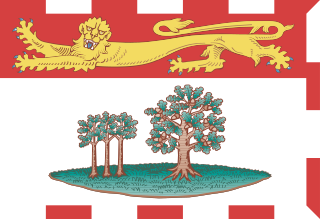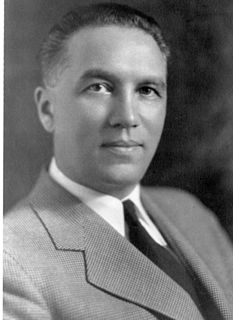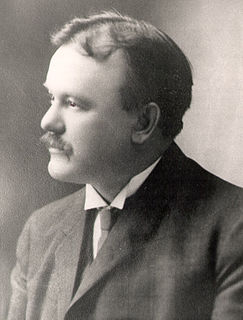| ||||||||||||||||||||||||||||||||||
All 30 seats in the Legislative Assembly of Prince Edward Island 16 seats needed for a majority | ||||||||||||||||||||||||||||||||||
| ||||||||||||||||||||||||||||||||||
| ||||||||||||||||||||||||||||||||||
The 1939 Prince Edward Island general election was held in the Canadian province of Prince Edward Island on May 18, 1939. [1]

Canada is a country in the northern part of North America. Its ten provinces and three territories extend from the Atlantic to the Pacific and northward into the Arctic Ocean, covering 9.98 million square kilometres, making it the world's second-largest country by total area. Canada's southern border with the United States, stretching some 8,891 kilometres (5,525 mi), is the world's longest bi-national land border. Its capital is Ottawa, and its three largest metropolitan areas are Toronto, Montreal, and Vancouver. As a whole, Canada is sparsely populated, the majority of its land area being dominated by forest and tundra. Consequently, its population is highly urbanized, with over 80 percent of its inhabitants concentrated in large and medium-sized cities, with 70% of citizens residing within 100 kilometres (62 mi) of the southern border. Canada's climate varies widely across its vast area, ranging from arctic weather in the north, to hot summers in the southern regions, with four distinct seasons.

Prince Edward Island is a province of Canada consisting of the Atlantic island of the same name along with several much smaller islands nearby. PEI is one of the three Maritime Provinces. It is the smallest province of Canada in both land area and population, but it is the most densely populated. Part of the traditional lands of the Mi'kmaq, it became a British colony in the 1700s and was federated into Canada as a province in 1873. Its capital is Charlottetown. According to the 2016 census, the province of PEI has 142,907 residents.
Contents
The governing Liberals of Premier Thane Campbell were able to retain a strong majority in the Legislature, though not as impressive as their total sweep of all 30 seats in the previous election. Campbell became Premier in 1936 following the death of his predecessor Walter Lea. This election was the first to see a government re-elected to a second term since the 1915 election.
In Canada, a premier is the head of government of a province or territory. Though the word is merely a synonym for prime minister, it is employed for provincial prime ministers to differentiate them from the Prime Minister of Canada. There are currently 10 provincial premiers and three territorial premiers. These persons are styled The Honourable only while in office, unless they are admitted to the Queen's Privy Council for Canada, in which case they retain the title even after leaving the premiership.

Thane Alexander Campbell, was a Prince Edward Island politician and jurist, who served as the 19th Premier of Prince Edward Island from 1936 to 1943.
A majority government refers to one or multiple governing parties that hold an absolute majority of seats in legislature. This is as opposed to a minority government, where the largest party in a legislature only has a plurality of seats.
The Conservatives, led by former Premier William J.P. MacMillan were able to win back three districts and return an Official Opposition to Legislature. Following the lead of the federal Conservatives in 1942, the party changed its name to the "Progressive Conservatives" (or PCs), which remains the party's name today.

The Progressive Conservative Party of Prince Edward Island is one of two major political parties on Prince Edward Island. It and its rival, the Liberals have alternated in power since responsible government was granted in 1851.

The Progressive Conservative Party of Canada (PC) was a federal political party in Canada.
The Port Hope Conference was a meeting of the Conservative Party of Canada at Port Hope, Canada in 1942 to develop a new party platform.















